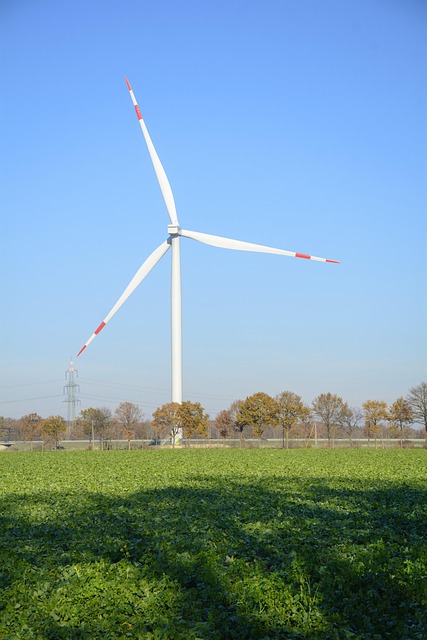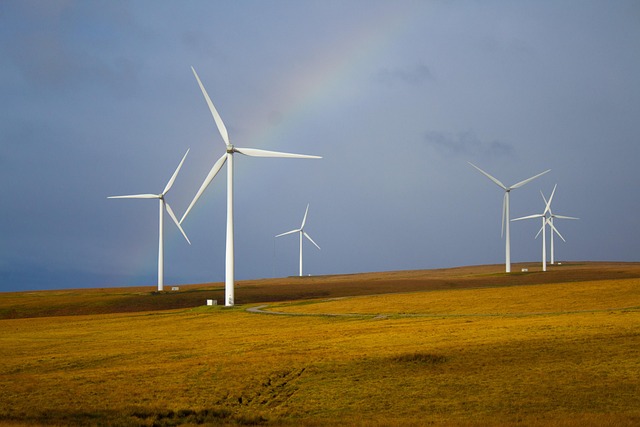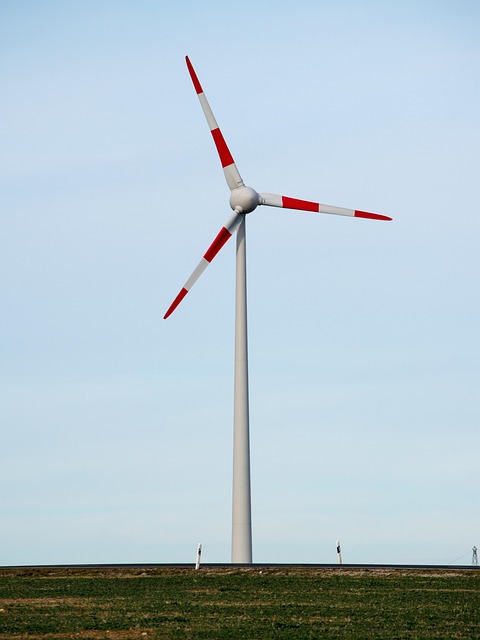Winds of the Future: The Next Frontier in Renewable Energy
As the global community grapples with the realities of climate change and the impending exhaustion of fossil fuels, the quest for sustainable and clean sources of energy has never been more urgent. Among the various renewable energy sources, wind energy stands out as one of the most promising and rapidly evolving sectors. This article delves into the advancements in wind energy technology, its potential for the future, and the pivotal role it plays in the transition to a sustainable energy economy.
Understanding Wind Energy
Wind energy harnesses the kinetic energy generated by wind currents to produce electricity. This is typically accomplished through the use of wind turbines, which convert wind motion into electrical power. The foundation of wind energy lies in the principles of physics, particularly the laws of motion and aerodynamics. As wind passes over a turbine’s blades, it causes them to rotate, thereby powering a generator that produces electricity. Wind energy is characterized by its low environmental impact, as it emits no greenhouse gases during operation, making it an attractive option in the fight against global warming.
The Evolution of Wind Technology
Over the decades, wind technology has seen significant advancements. Initially, wind turbines were simplistic, small-scale devices primarily used for pumping water or grinding grain. However, with the increasing demand for renewable energy in the 20th and 21st centuries, turbine designs have become more sophisticated, allowing for larger capacities and improved efficiency.
Today’s wind turbines stand tall at heights of up to 300 feet, with rotor diameters reaching over 200 feet. Modern designs incorporate advanced materials and technology, such as lightweight composites and predictive analytics, which enable these machines to optimize performance based on real-time wind conditions. Furthermore, innovations in offshore wind farms have expanded the horizon for wind energy generation, as these installations can harness stronger and more consistent winds found over open waters.
Benefits of Wind Energy
The benefits of wind energy are manifold, making it a cornerstone of the forthcoming energy landscape. Firstly, it is abundantly available in many regions around the world. Unlike solar energy, which is dependent on sunlight, wind energy can be harnessed both day and night, providing a more consistent energy source.
Furthermore, the cost of wind energy has drastically decreased in recent years, positioning it as one of the cheapest forms of electricity in many areas. In fact, the levelized cost of electricity (LCOE) from wind has plummeted, making it competitive with or even cheaper than fossil fuel alternatives.
Wind energy also offers substantial job creation opportunities. The sector is labor-intensive, employing thousands of workers in manufacturing, installation, maintenance, and support services. As more countries invest in wind energy infrastructure, the potential for job growth continues to expand, encouraging local economies and fostering innovation.
Challenges Facing the Wind Energy Sector
Despite its many advantages, the wind energy sector is not without its challenges. One significant issue is the intermittency of wind. Unlike traditional energy sources, wind energy production can fluctuate due to natural variations in wind patterns. This unpredictability necessitates the development of efficient energy storage solutions and backup systems to ensure a reliable power supply.
Moreover, the installation of wind turbines often faces substantial opposition from local communities. Concerns regarding noise, visual impact, and potential effects on wildlife, such as birds and bats, can hinder wind energy projects. Addressing these concerns through community engagement and environmental assessments is crucial for the successful deployment of wind energy solutions.
Innovative Technologies Shaping the Future of Wind Energy
The future of wind energy is being shaped by several innovative technologies aimed at enhancing efficiency and reducing costs. One notable advancement is the integration of artificial intelligence (AI) and data analytics. These technologies allow for predictive maintenance of wind turbines, improving uptime and operational efficiency. By analyzing performance data, operators can anticipate equipment failures and schedule maintenance proactively, reducing downtime and costs.
Moreover, developments in turbine design are pushing the boundaries of size and efficiency. Larger turbines with longer blades can capture more wind energy, leading to increased power generation capacity. Additionally, vertical-axis wind turbines (VAWTs) are gaining traction for their unique design and capabilities. Unlike traditional horizontal-axis turbines, VAWTs can harness wind from any direction, making them suitable for urban environments where space is limited.
Floating wind farms represent another cutting-edge innovation. These offshore installations can be deployed in deeper waters, where wind speeds are higher and more consistent. By utilizing floating platforms, wind energy can be harnessed in areas previously deemed inaccessible, greatly expanding the potential for renewable energy generation.
Global Trends and Policies Driving Wind Energy Adoption
As nations worldwide set ambitious climate goals, many are increasingly turning to wind energy as a key component of their renewable energy strategies. Countries such as Denmark, Germany, and the United States have emerged as leaders in wind energy production, implementing policies that stimulate investment and promote the growth of wind infrastructure.
In Europe, the European Union has set its sights on becoming climate-neutral by 2050, with wind energy playing a pivotal role in meeting these targets. Through initiatives like the Green Deal, the EU is pushing for increased wind energy capacity, both onshore and offshore, signaling a strong commitment to sustainability.
In the United States, states are establishing their policies to promote renewable energy deployment at the local level. Incentives such as tax credits, renewable energy certificates, and favorable tariffs help catalyze investment in wind projects, providing crucial support for the industry’s growth.
Wind Energy and Climate Change: A Path Forward
As the climate crisis intensifies, transitioning to renewable energy sources such as wind is critical in reducing greenhouse gas emissions and combating global warming. Recent reports from organizations like the Intergovernmental Panel on Climate Change (IPCC) emphasize the importance of accelerating the deployment of renewable energy technologies to limit global temperature increases.
The UN’s Sustainable Development Goals also underline the necessity of ensuring access to affordable, reliable, sustainable, and modern energy for all. Wind energy, with its potential for scalability and decreasing costs, fits seamlessly into this framework, offering a robust solution towards achieving sustainable development.
Conclusion: The Winds of Change
As we stand on the cusp of a new era in energy production, the promise of wind energy shines brightly. The advances in technology, coupled with supportive policies and a growing understanding of the need for sustainability, position wind energy as a critical component of our future energy landscape. By harnessing the winds of tomorrow, we can pave the way for a cleaner, greener, and more sustainable world.
Investing in wind energy is not just a wise economic decision; it is an imperative for safeguarding our planet for future generations. As the turbines turn, they not only generate electricity but also symbolize hope in the fight against climate change—ushering in a new frontier in renewable energy.



